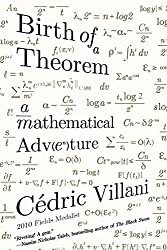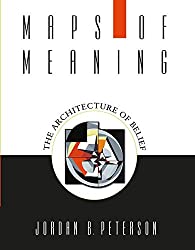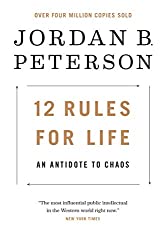
Rating: 6.8/10.
Kind of like the Freakonomics of math, describes a variety of situations where math (mostly statistics) is useful in real life. Some of it is heuristics to avoid common fallacies, then a mix of random topics with tenuous connection to real life events, but the author doesn’t have much of a coherent point to make. Having studied a lot of math, most of the book was obvious or stuff I’ve seen before, so the book felt long and boring. A few ideas were new:
- Applying coding theory to pick lottery numbers that guarantees a certain amount of winning, thereby decreasing variance (Ch 13).
- Voter’s paradox: in elections with more than 2 choices, the majority opinion may be non-transitive, so A>B>C>A, and even ranked ballot may produce strange outcomes (Ch 16).



